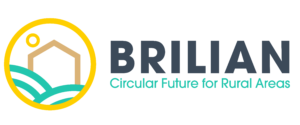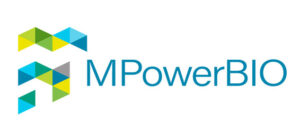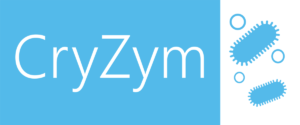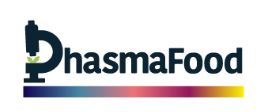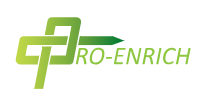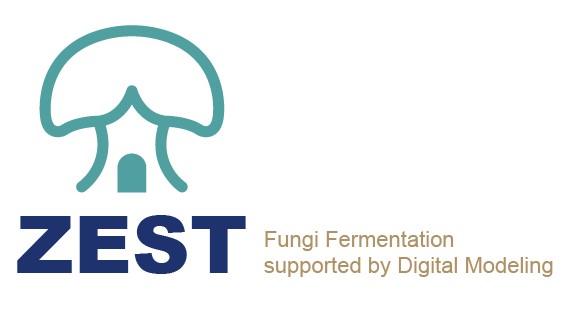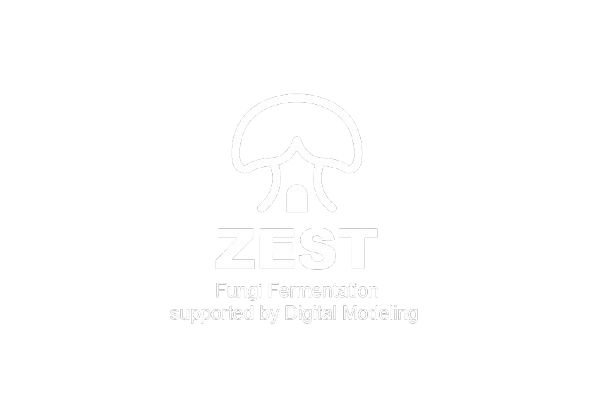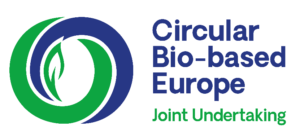ABOUT
About
Concept and objectives
Project
ZEST uses advanced technologies such as Artificial Intelligence (AI) to integrate process knowledge into control systems.
Primary objectives:
- Developing an efficient, zero-waste automatic production system.
- Designing a multipurpose bioreactor adaptable to substrates with varying viscosities and dry matter content.
- Assessing the entire value chains to ascertain their economic viability, market potential, environmental impact, and sustainability of fungal-based products.

The ZEST project, co-funded by the European Union and supported by the Circular Bio-based Europe Joint Undertaking (CBU JU) initiative, is driven by a collaborative consortium made up of twelve entities from five European countries.
About workplan
Workplan
ZEST kicked-off in Juin 2023 and will cover a period of 48 months. It is structured in 9 interconnected work packages (WPs).
WP1 – Fungi Screening and Test Fermentation
WP2 – Bioreactor Design and Fermentation Upscaling
WP3 – Digital Modelling, Process Monitoring and Control
WP4 – Downstream Processes
WP5 – Product Development
WP6 – Safety and Sustainability Assessment
WP7 – Dissemination and Communication
WP8 – Business Modelling and Exploitation
WP9 – Project Management
WHY CHOOSE US
Beyond the state of the art
ZEST’s approach to mycelial fermentation in agricultural side streams will advance beyond the state of the art and offer solutions to current challenges.
These solutions outline the basis for the strategy set out in ZEST’s approach to an improved and modern fermentation production system resulting in a range of biological products. As a result, it will achieve a paradigm of minimal waste and full cascade usage along the entire production line.
Experienced Professionals
Teritatis Sed ut perspiciatis unde omnis iste natus error sit voluptatem accusantium dolore mque laudantium
Competitive Pricing
Teritatis Sed ut perspiciatis unde omnis iste natus error sit voluptatem accusantium dolore mque laudantium
Eco-Friendly Practices
Teritatis Sed ut perspiciatis unde omnis iste natus error sit voluptatem accusantium dolore mque laudantium
Positive Customer Reviews
Teritatis Sed ut perspiciatis unde omnis iste natus error sit voluptatem accusantium dolore mque laudantium
The funding programme
Thanks to the support of the Circular Bio-based Europe Joint Undertaking (CBE JU), ZEST is a reality. The CBE JU is a €2 billion partnership between the European Union and the Bio-based Industries Consortium (BIC) that funds projects advancing competitive circular bio-based industries under Horizon Europe, the EU’s research and innovation programme.
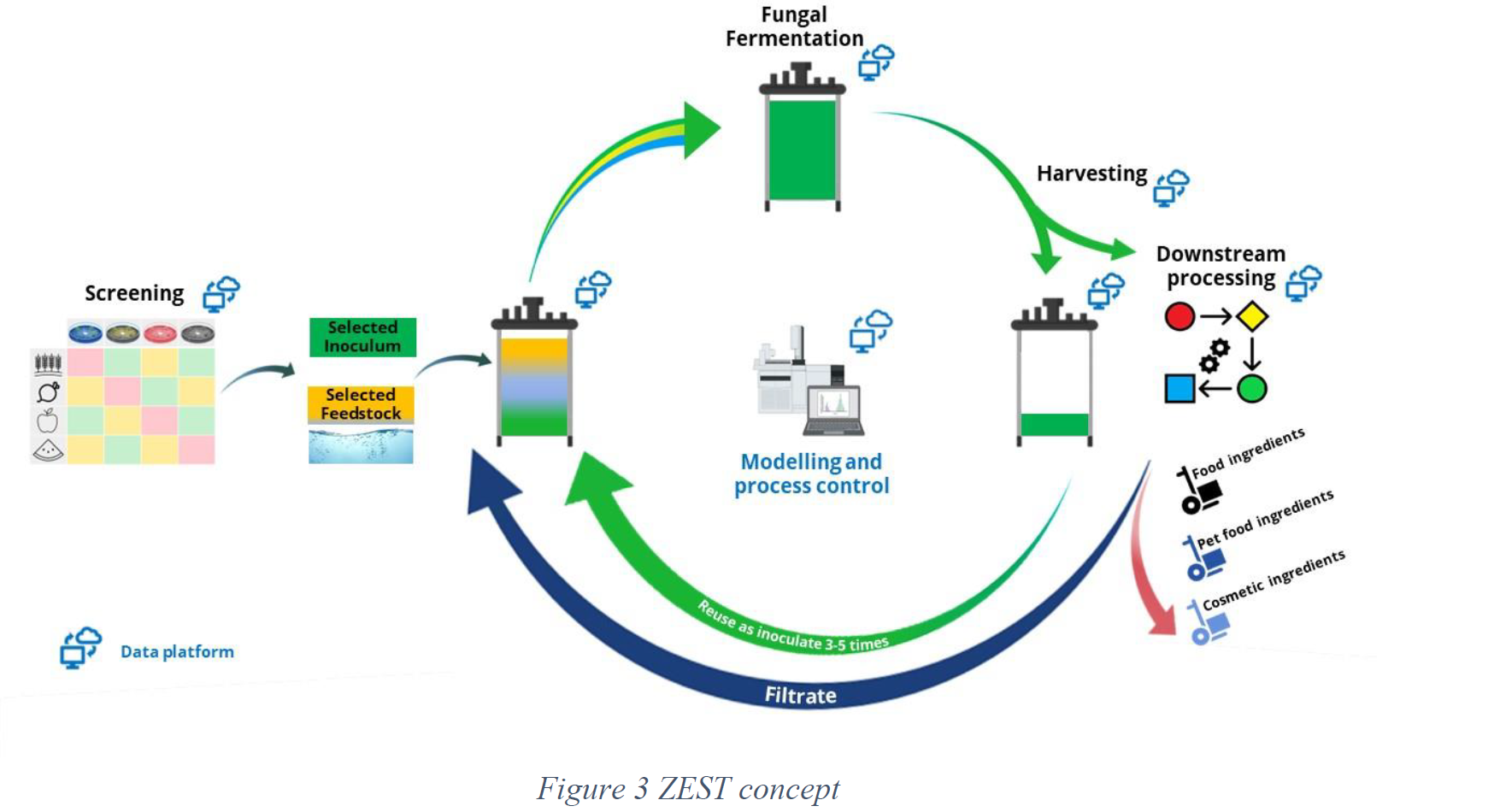
Relevant initiatives
Some of the initiatives and sister projects that the ZEST project intends to team up with:

